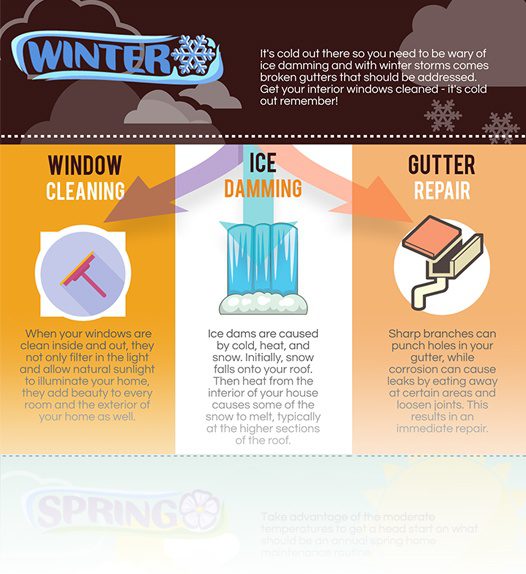Master The Crucial Pressure Cleaning Methods Fit For Different Surface Area Types To Recognize Excellent Results-- Check Out The Techniques That Result In An Impeccable Coating
Master The Crucial Pressure Cleaning Methods Fit For Different Surface Area Types To Recognize Excellent Results-- Check Out The Techniques That Result In An Impeccable Coating
Blog Article
Created By-Lassen Mosley
When it involves press cleaning, the strategy you select can make all the distinction in accomplishing a tidy, streak-free finish. You might find that hard surfaces, like concrete, need a different method than softer materials, such as wood or vinyl. It's important to adapt your techniques to the surface area type to avoid damage while making best use of cleaning effectiveness. So, what are the most effective techniques for every surface area, and exactly how can you ensure you're making use of the ideal setups and devices for the work? Allow's discover what you need to know to get the most effective outcomes.
Difficult Surfaces
When it concerns press washing tough surfaces, prep work is vital. Prior to you even think about taking out the stress washer, make the effort to remove the location of any type of particles, furnishings, or barriers. You do not desire anything entering your means or possibly harmful your equipment.
Next off, examine the surface for any kind of splits or damages; this will assist you identify the ideal strategy and pressure settings.
As soon as you've prepared the area, it's important to choose the right nozzle. For hard surface areas like concrete or brick, a slim nozzle (15 or 25 levels) functions best to provide a focused stream of water that can successfully remove grime and stains. Constantly start at a distance and progressively move more detailed to stay clear of any kind of surface area damage.
As you start washing, keep the wand relocating to protect against touches and over-saturation. It's additionally useful to function from the top down, permitting dirt and debris to remove naturally.
Lastly, keep in mind to rinse the surface area completely after cleansing to eliminate any type of leftover detergent. With these methods, you'll accomplish a clean and renewed appearance on all your difficult surface areas.
Soft Surfaces
Pressure cleaning soft surface areas requires a gentler strategy to shield them from damage. Whether you're cleaning your deck, outdoor patio furnishings, or siding, using too much pressure can bring about dents, scratches, or perhaps permanent injury.
Beginning by selecting a low-pressure nozzle, ideally a 25-degree or bigger spray pattern, to spread the water more gently.
Prior to you begin, it's critical to pre-treat any spots with an ideal cleaning solution. This step allows the cleaner to penetrate the dirt and gunk, making it easier to get rid of without scrubbing as well hard.
Constantly use the service from all-time low up to avoid streaking.
When you start pressure cleaning, keep a range of a minimum of 12 to 18 inches from the surface. Relocate your stick in a sweeping movement, maintaining it alongside the surface area to avoid concentrated stress on one place.
Rinse the area thoroughly after cleaning to remove any residual cleanser.
Lastly, inspect the surface for any type of missed out on areas and duplicate the process if required. By complying with these actions, you can efficiently clean soft surfaces while protecting their integrity and appearance.
Specialty Surfaces
Cleaning soft surfaces needs care, yet specialty surfaces require even more focus to information. When you take on these surface areas, like fragile wood, tarnished concrete, or certain kinds of exterior siding, using the appropriate stress cleaning techniques is crucial to stay clear of damages.
Initially, examine the material. For pressure washing brick pavers , treated wood can commonly withstand moderate stress, yet softer timbers like cedar may need a lower setup. Constantly begin with the most affordable stress and gradually raise if required.
For tarnished concrete, utilize a follower spray nozzle and maintain a consistent range to prevent engraving the surface area.
When dealing with surfaces like vinyl siding or repainted surface areas, a wide spray pattern assists distribute the stress uniformly, shielding the surface.
It's likewise important to make use of detergents specifically created for specialized surfaces. They can enhance cleaning without jeopardizing the product.
Wash thoroughly after washing to get rid of any kind of deposit, as it can result in staining or wear and tear over time.
Conclusion
Finally, grasping pressure cleaning methods for different surfaces can make all the difference in your cleaning outcomes. For hard surfaces, stay with narrow nozzles and a top-to-bottom strategy, while soft surface areas require a gentler touch with larger nozzles. Do not forget to pre-treat spots and wash completely to prevent residue. By adjusting your techniques to every product, you'll not just accomplish a cleaner finish yet additionally secure the stability of your surface areas. https://showroom-cleaning-company09753.fare-blog.com/32770715/sidestep-high-fixing-costs-the-need-of-regular-seamless-gutter-cleaning-up cleansing!
